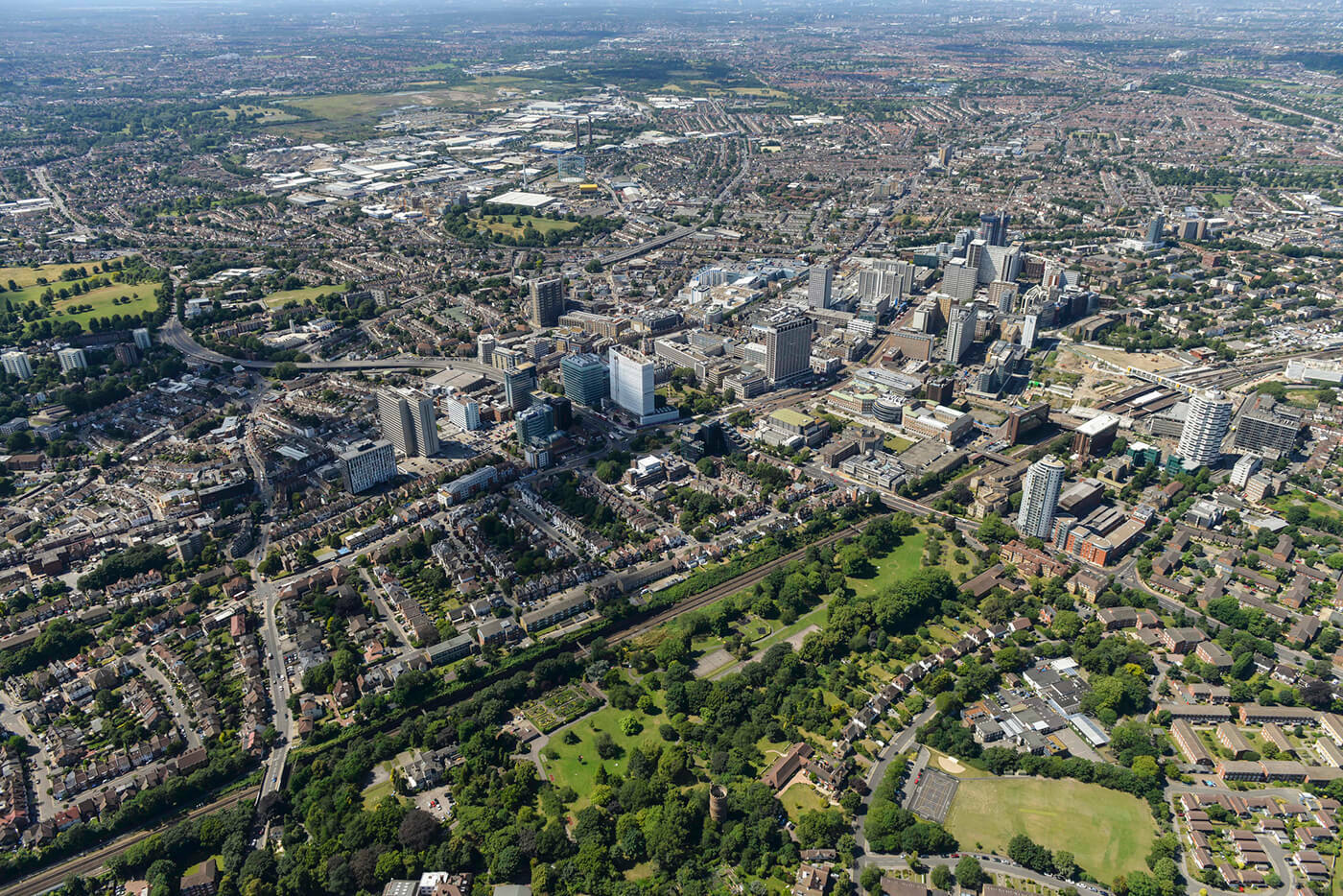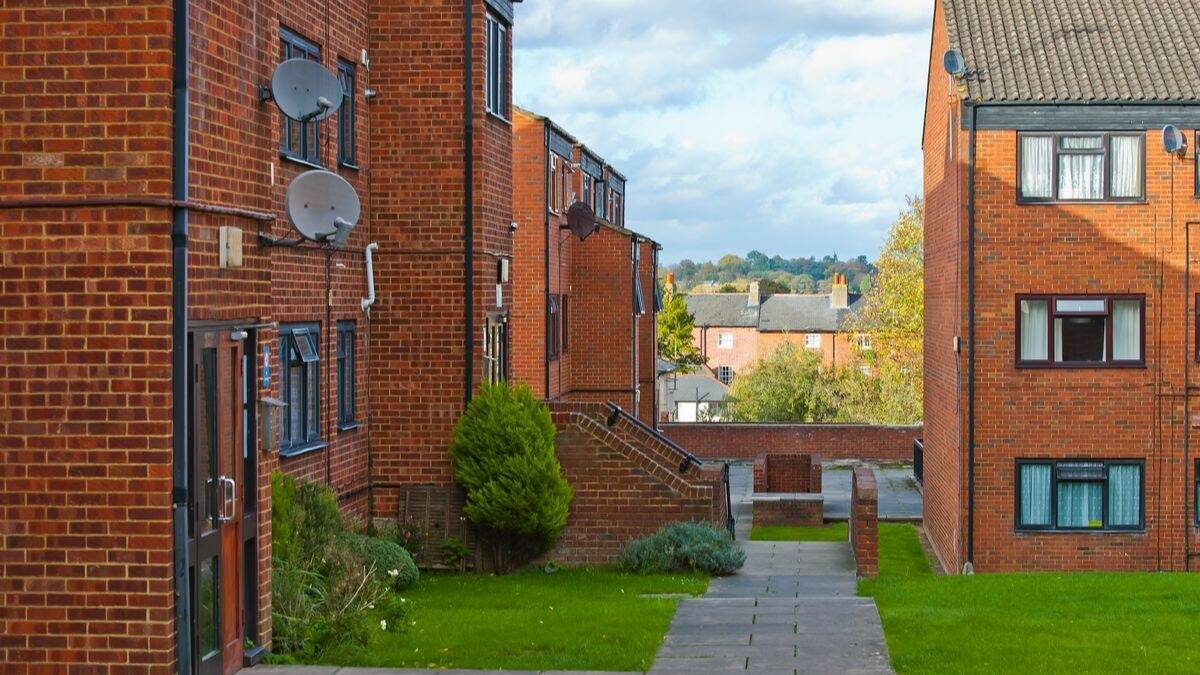HMOs (houses in multiple occupation) house some of the more vulnerable Croydon residents. It's some of the most affordable accommodation available, and it’s Croydon Council’s ambition to provide good housing services for residents, making sure they can live in safe, secure, warm and dry homes.

HMOs occupied by five or more people who aren't living together as a single household but share facilities need to be licensed. In May 2023, there were 825 properties licensed on Croydon’s mandatory HMO register.
HMOs of 3 or 4 people don't need a mandatory HMO licence, but may be subject to any Additional or Selective Property Licensing scheme, if one is in place. These smaller HMOs must still comply with required standards and have planning permission.
More information is available on Croydon's website, where substantial licencing guidance explains the parameters for registration). Under section 55(4) of the Housing Act 2004, every local housing authority has the duty to make such arrangements as are necessary to secure the effective implementation in their district of the licensing regime. To comply with this section councils must be proactive in ensuring the effective implementation of the scheme.
A previous data analysis for the council had identified a large number of properties that might be HMOs, including licensable HMOs. To ensure accommodation is raised and maintained to the right standards, it is vital to know the location all HMOs. With this information to hand, councils are better equipped to ensure HMOs are compliant with housing legislation, and that wider concerns (such as planning regulations) are all met.
Ensuring Regulatory Compliance
Knowing these locations allows local councils to uphold safety standards, plan communities effectively, respond to emergencies, allocate resources efficiently, and address the social impact of these properties on neighbourhoods. With location certainty, councils are better equipped to handle:
- Regulatory compliance: councils are responsible for enforcing regulations related to HMOs. Knowing the location of these properties allows councils to monitor and ensure compliance with safety, health, and housing standards to protect the well-being of residents
- Community planning: understanding the distribution of HMOs is essential for effective community planning. It helps in assessment of the impact of such properties on local neighbourhoods, infrastructure, and services, ensuring a balanced and sustainable community
- Housing standards: councils play a crucial role in maintaining housing standards within their jurisdiction. Knowledge of HMO locations enables councils to address issues such as overcrowding, property maintenance, and the overall quality of housing
- Emergency response: in emergencies or disasters, knowing the locations of HMOs is vital for planning and responding effectively. This includes evacuation strategies, deploying emergency services, and ensuring the safety of residents in these properties
- Resource allocation: understanding the concentration of HMOs assists councils to allocate resources efficiently. This involves planning for public services, waste management, parking, and other amenities that might be impacted by the presence of multiple occupants in specific areas
- Social impact: HMOs can have social implications, affecting the character and dynamics of neighbourhoods. Councils needs to be aware of the distribution of HMOs to address any potential social challenges and promote community cohesion
- Council tax income: landlords are responsible for paying council tax on behalf of their tenants. Council tax is a mandatory contribution to fund essential public services and infrastructure within the authority.
Working with GeoPlace, using data intelligence to identify the location of HMOs

GeoPlace is jointly owned by the Local Government Association and Ordnance Survey. It works with every local authority in England and Wales, the devolved governments, as well as bodies such as the Valuation Office, Ordnance Survey, and Royal Mail to develop and maintain the definitive address and street databases for the UK.
At part of its work under the Public Sector Geospatial Agreement (PSGA), GeoPlace has recently incorporated local authority registers of licenced HMOs into the National Address Gazetteer. The aim is to create a single, standardised national register that holds authoritative, verified information.
Many local authorities publish their registers online. GeoPlace contacted those that don't directly, ensuring the new dataset includes up-to-date information from 314 of the 318 appropriate authorities . The team used Python scripting to extract key information, so that they could compile a single list of 125,575 HMOs featuring the following attributes:
- Licence reference
- Address
- Postcode
- Licence Start date (where provided)
- Licence End date (up to 5 years and where provided)
- Number of rooms (where provided)
- UPRN (where provided)
With this information, GeoPlace was able to link 94.9% of these HMO records to a UPRN.
The first cut of this register was an amalgamation of local authority registers. At this stage, GeoPlace hadn’t undertaken any additional data analysis and was keen to work with Croydon Council undertake a data analysis exercise to see if useful insights about HMO data could be brought to the fore.
GeoPlace support Croydon to find HMOs
Combining Croydon’s data with the national datasets has been an important learning opportunity for more wide-scale investigations. Investigating the nature of individual buildings is time-consuming, and like many London boroughs, Croydon has limited resources. To be more effective, it was important to rank addresses in order of their probability of being an HMO, that would make the investigations and visits a more efficient use of resources.
In the autumn of 2023, a small working group was formed, comprising Croydon’s Private Sector Housing Manager, its Local Land & Property Gazetteer Custodian, a local Councillor and GeoPlace’s Director of Informatics. Together, the group considered datasets that would be most useful in identifying HMOs and matching locations via UPRNs to develop a ranking. The aim was to extract the top 50 ‘most likely’ unregistered HMOs from the weighted data.
The following datasets were used:
- No of benefit claimants where different to liable parties
- Indicator from council tax
- Indicator from LLPG
- HMO planning applications (including refused)
- HMO building refs (including refused)
- No of occupants in a property on the electoral roll
- HMO related complaints
- Council tax banding
- Tenancy deposit data.
Additionally, GeoPlace has access to national datasets that also provide useful intelligence, and Croydon's team made good use of this support. Data showing the number of habitable rooms in a property us a useful indicator of whether it might be an HMO. These datasets include:
- Energy Performance Domestic Register
- HMLR Price Paid
- Royal Mail’s multiple-residences list.
GeoPlace matched Croydon's own data to these national datasets. This indicated there were more properties that should be investigated as potential HMOs, or as ‘unknown’ conversions to flats.
Using this data analysis, the Croydon team weighted the final dataset and officers plan to visit the top 50 locations which look likely to be HMOs. This data-driven approach has made sure the identification-process is efficient, and focused on isolating unregistered HMOs in the area.
Conclusion
Croydon Council’s ambition to provide good housing services for residents of all tenures, making sure they can live in safe, secure, warm and dry homes. Going forward, Croydon continues to identify resource based options for improving standards in its large private rented sector. Data collection through exercises like this with GeoPlace enables it to build a resource base that will enable such options to be created, prioritised and successfully implemented. One option includes a consultation for introducing a landlord licensing scheme, either on a boroughwide basis or in targeted areas. Again, the aim, to provide safe and warm homes in thriving, sustainable and inclusive communities.
The wider work of GeoPlace would also be able to support the council tax collection for HMOs. The Valuation Office Agency is currently consulting on a change to its practice, moving from individual rating of HMO rooms to rating buildings as a single property, specifically requesting UPRNs.



